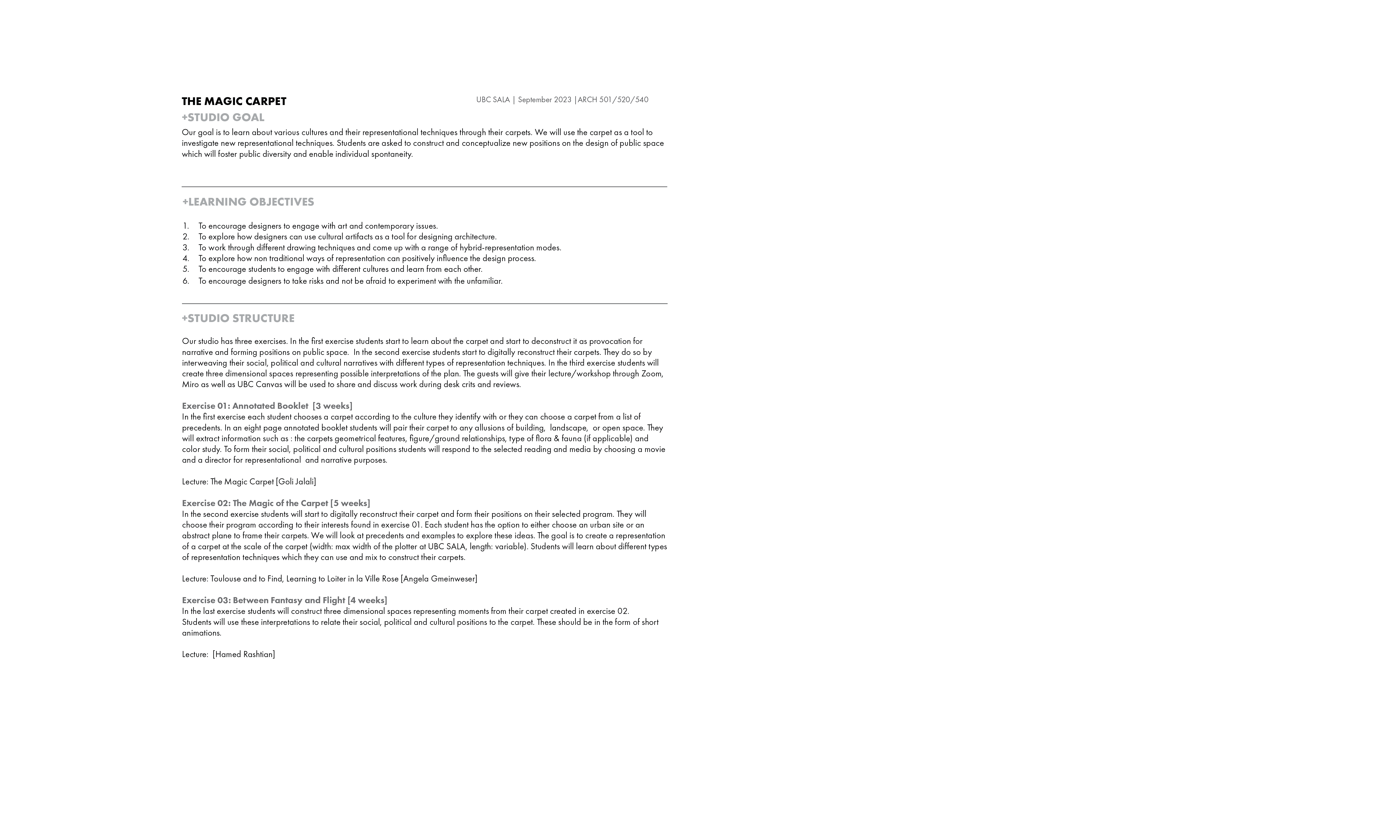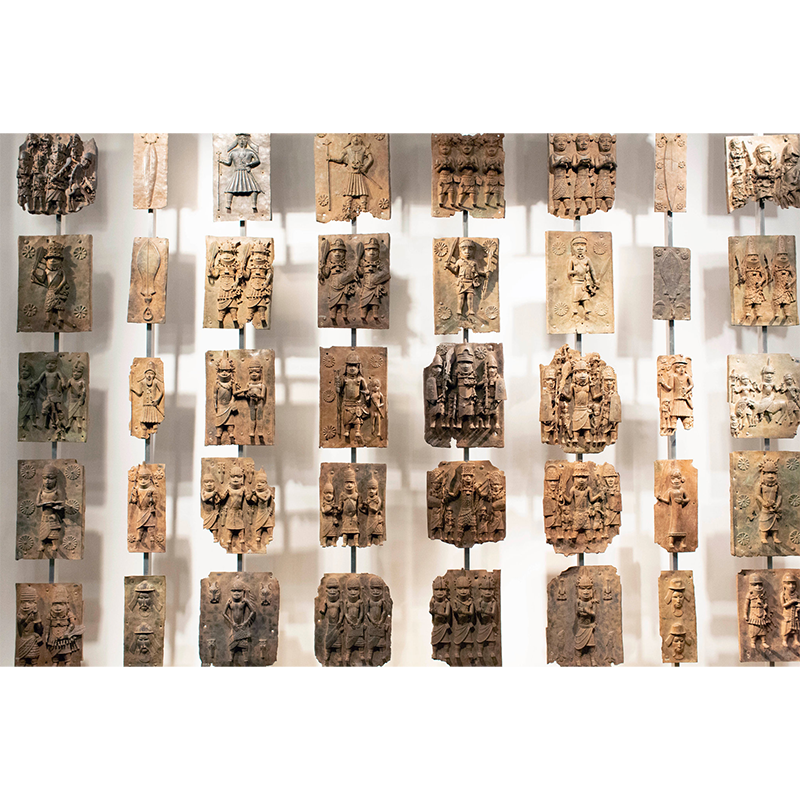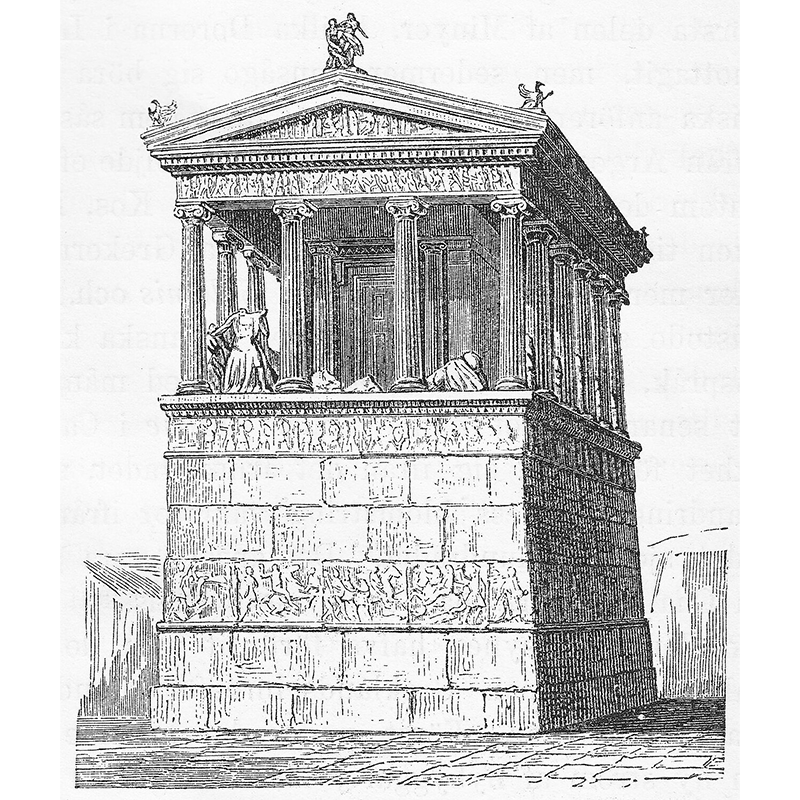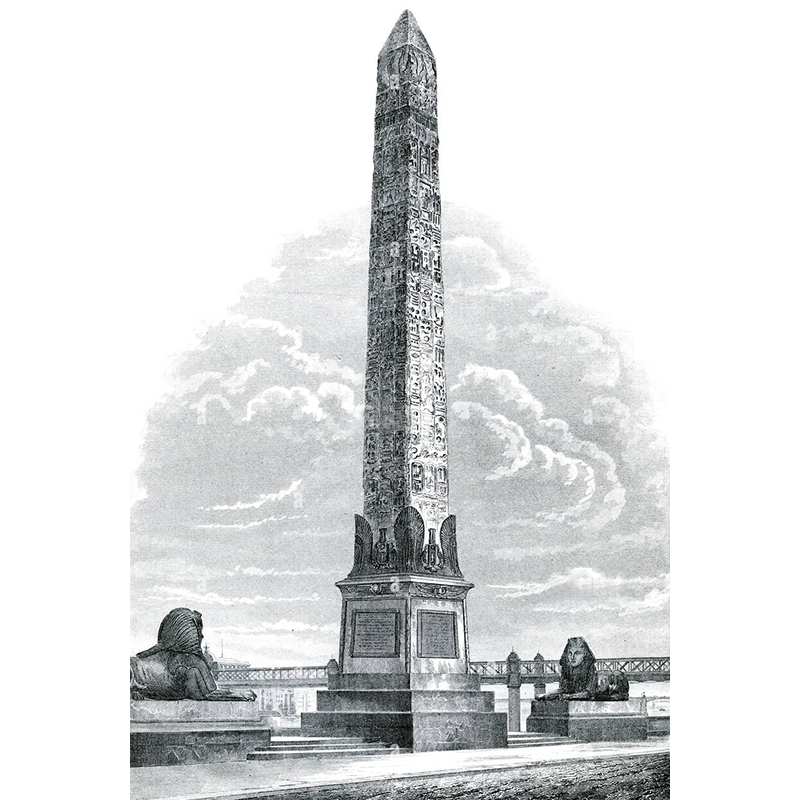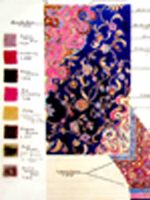the magic carpet ii
Building on the foundation of the first Magic Carpet studio,this iteration deepened its focus on the carpet as a cultural artifact shapedby histories of colonial exchange, representation, and appropriation. Eachstudent began by selecting a historical carpet from their own culturalbackground, using it as a starting point to examine spatial logic, narrative,and identity. Through a mix of visual research, personal storytelling, andmedia analysis—including film and imagery—students developed new representationaltechniques and immersive spatial interpretations. The studio culminated inanimations or physical models that reimagined the carpet as a site of culturalmemory, resilience, and design exploration.
organization
UBC SALA
collaborators
location
Vancouver, BC
date
2023




